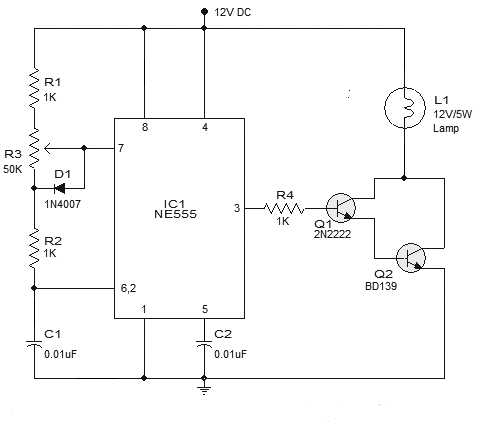 |
| Lamp Dimmer using IC 555 |
PWM (Pulse Width Modulation) signal was used extensively to control the operations such as speed of motor, audio effects, voltage regulations and much more. This circuit uses a IC 555 to generate PWM signals and employ it to dim a lamp connected to it. The lamp dimmer circuit comprises of a simple 555 which forms the backbone and a darlington pair of Transistors for driving the lamp connected. Unlike other dimmer circuits this can achieve higher efficiency. The Circuit powered by a simple 12V DC power supply.
WORKING OF LAMP DIMMER CIRCUIT:
In the above circuit the IC 555 is wired as an Astable Multivibrator and it gives continuous square waves as output. The resistors R1, R2, POT R3 and capacitor C1 are the timing components. The duty cycle of the wave makes the lamp to dim or to glow brighter.
Higher the duty Cycle brighter the lamp glows and low duty cycle will make the lamp glow dim. The duty cycle of the IC output can be adjusted using POT R3 and this holds the key in altering the brightness of the lamp. So by varying resistance in this POT will in turn alter the brightness level of the lamp.
The Transistors Q1 and Q2 forms the darlington driver for the 12V lamp connected to the 555 output. R4 was used to limit the base current of transistor Q1 and Capacitor C2 was used to reduce the noise. Thus this circuit is capable of dimming a lamp by varying the resistance using a potentiometer POT R3.

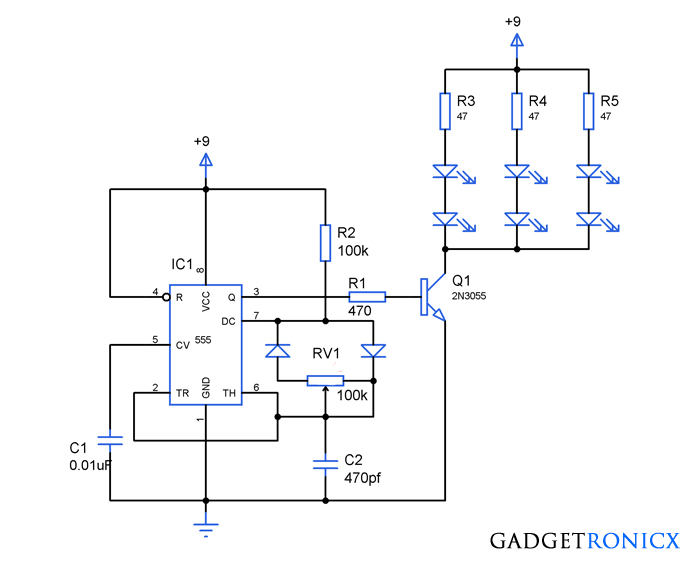
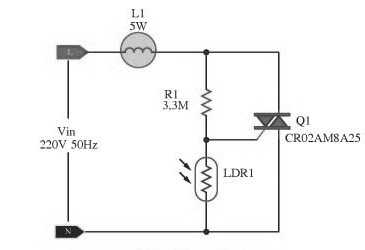
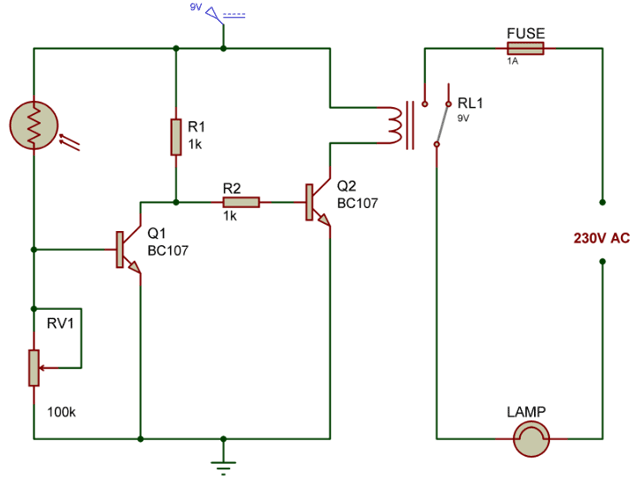
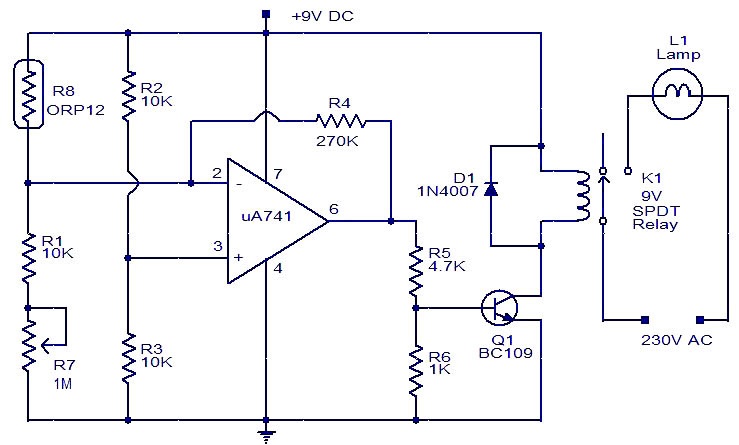
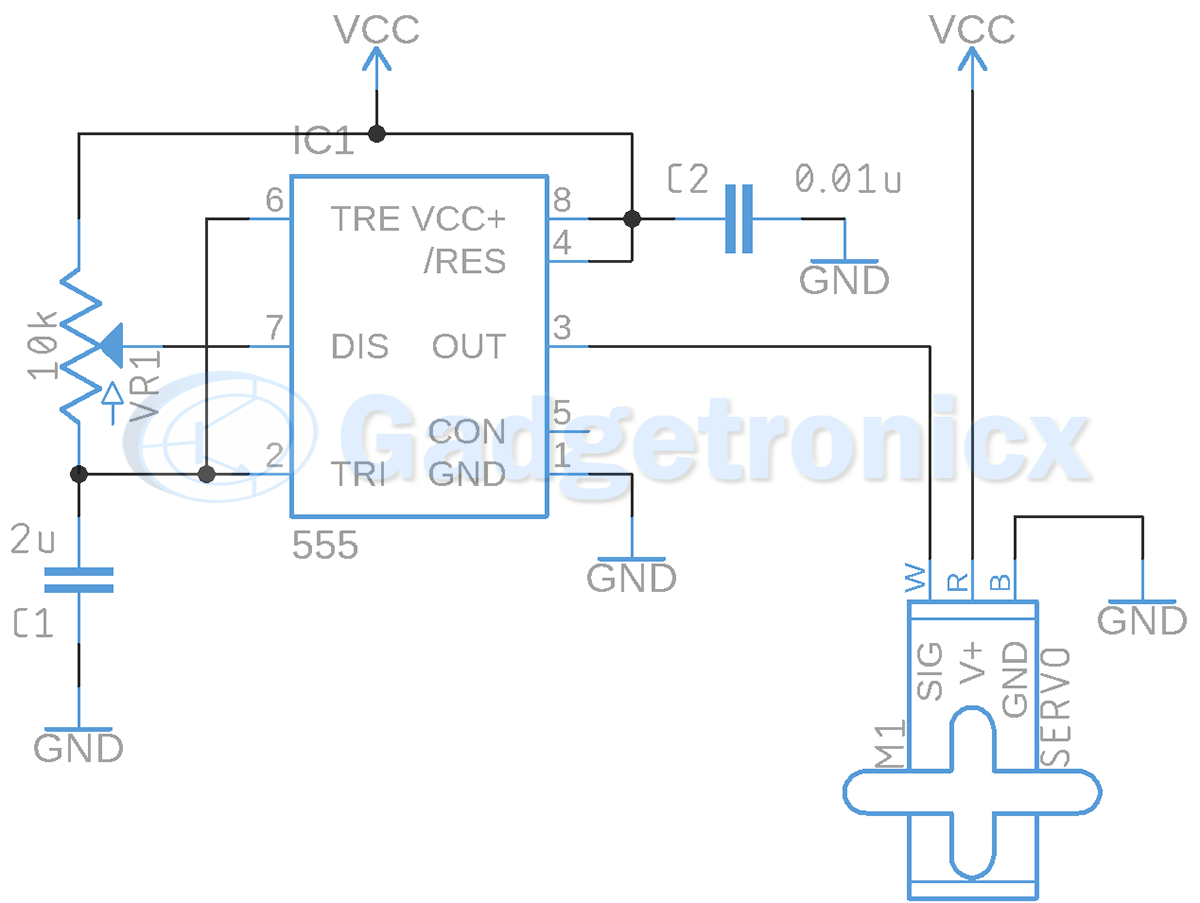
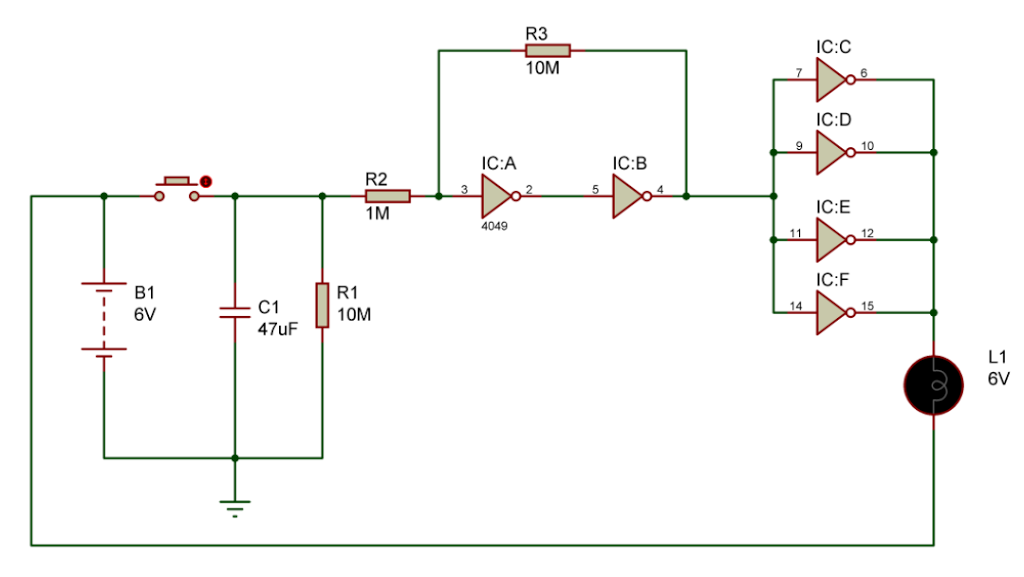

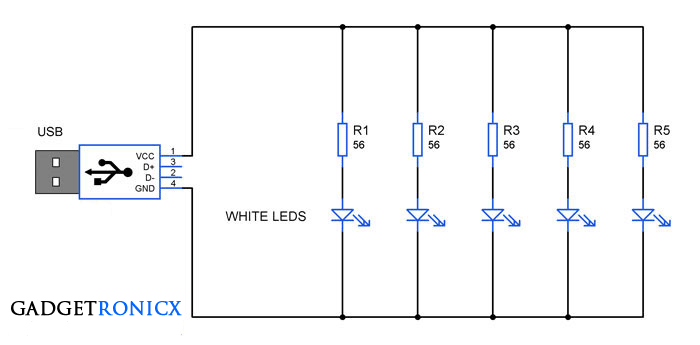
Why the diode across the pot R3? There is no explanation, so could you please tell me?
I’m an old guy just trying to keep up on things.
The diode is needed to allow the duty-cycle to go from nearly zero to nearly 100%.
Assume R3 is turned fully up. C1 will charge through R1 + R2 + the diode, so fast charge. Without a diode it would not short out R3 and charge slow. Discharge takes place through R3 (the diode blicks) + R2, so discharge slowly.
Next assume R3 is turned fully down. C1 will charge through R1 + R3 + R2, so slowly charge. Discharge takes place through R3=0 + R2, so discharge is fast.
In other words, without the diode the duty-cycle would not vary so much but the frequency would.